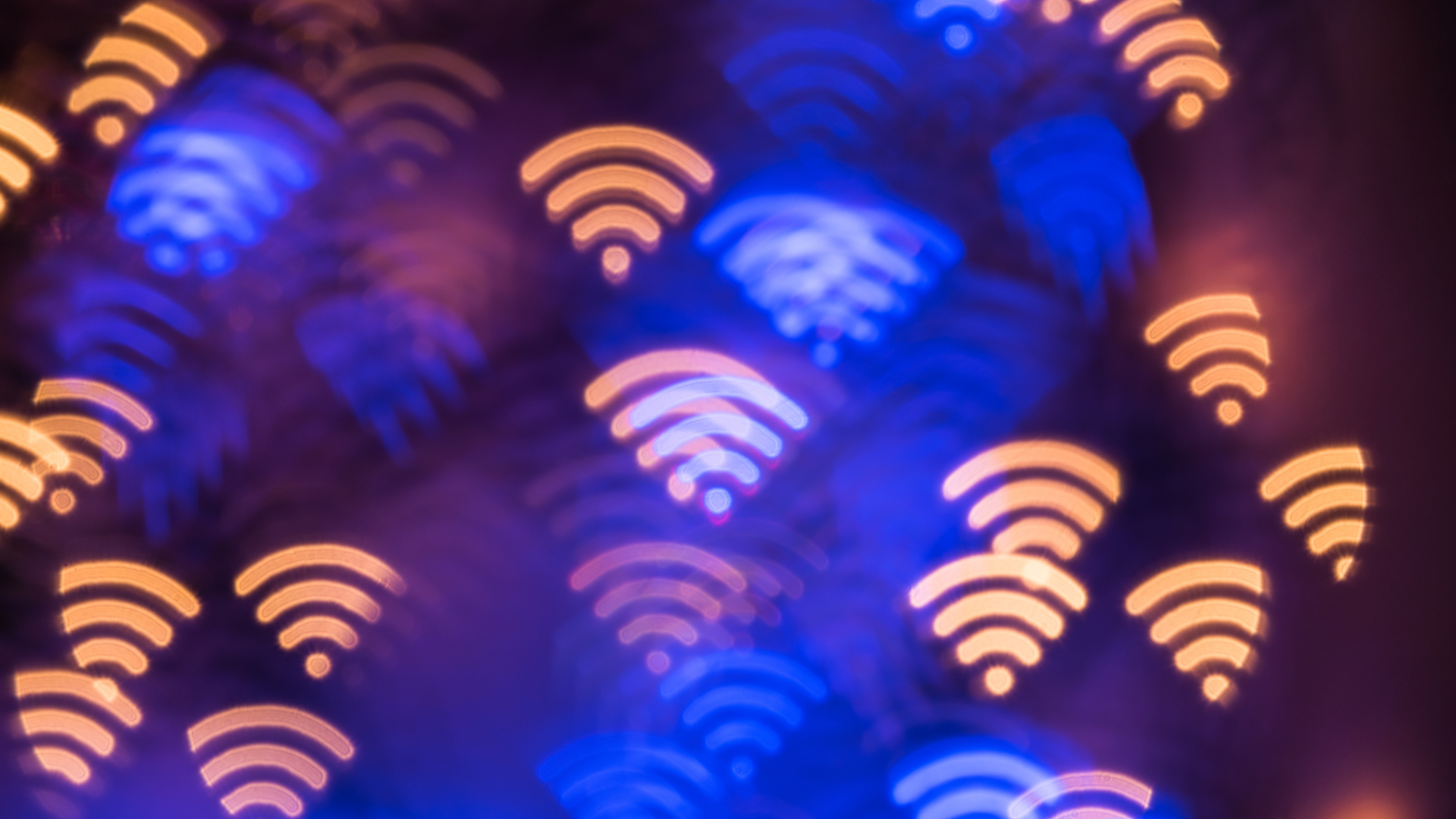'Anti-reflective' coating allows Wi-Fi to pass through walls
Researchers develop method that could transform your Wi-Fi connection

Researchers at the Vienna University of Technology (TU Wien) and the University of Rennes have discovered a new method that allows Wi-Fi signals to penetrate walls more effectively, a development that could transform home broadband connectivity – as well as and 6G.
Currently, Wi-Fi signals reflect off or are absorbed into solid walls, which limits their range and the quality of the transmission.
To remedy this, the researchers created a method which ‘calculates’ an anti-reflective invisible structure to a solid wall, that allows the signal to pass through without disruption.
Anti-reflective coating
“You can think of it as being similar to the anti-reflective coating on your pair of glasses,” said professor Stefan Rotter from the Institute of Theoretical Physics at TU Wien.
"You add an extra layer to the surface of the glasses, which then causes light waves to pass better to your eyes than before – the reflection is reduced.”
In their paper, the researchers outlined a successful experiment in which microwaves were sent through a complex, disorderly maze of obstacles designed to replicate a challenging environment such as a living room. A matching anti-reflective structure was then calculated and the reflection of the signals was eliminated almost entirely.
"First, you simply have to send certain waves through the medium and measure exactly in which way these waves are reflected by the material,” added Michael Horodynski from TU Wien, who is the first author of the publication.
Sign up to the TechRadar Pro newsletter to get all the top news, opinion, features and guidance your business needs to succeed!
“We were able to show that this information can be used to calculate a corresponding compensating structure for any medium that scatters waves in a complex way, so that the combination of both media allows waves to pass through completely. The key to this is a mathematical method that we developed to calculate the exact shape of this anti-reflective layer.”
The researchers are optimistic that the calculations can create a coating that prevents any reflection at all and could even have implications for the next generation of mobile connectivity. The paper suggests wave dynamics and wave scattering will player a major role in 6G, reducing the intensity required for signals.
- Here are the best fibre broadband deals around
Steve McCaskill is TechRadar Pro's resident mobile industry expert, covering all aspects of the UK and global news, from operators to service providers and everything in between. He is a former editor of Silicon UK and journalist with over a decade's experience in the technology industry, writing about technology, in particular, telecoms, mobile and sports tech, sports, video games and media.